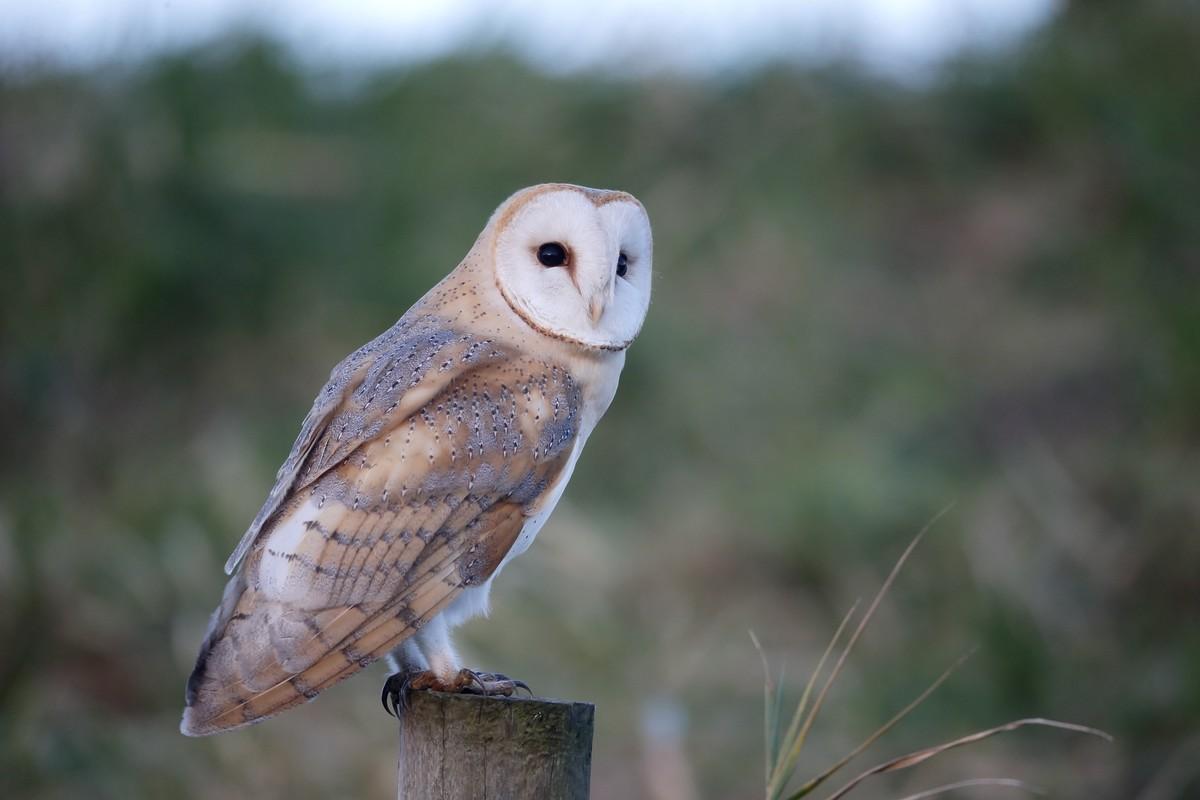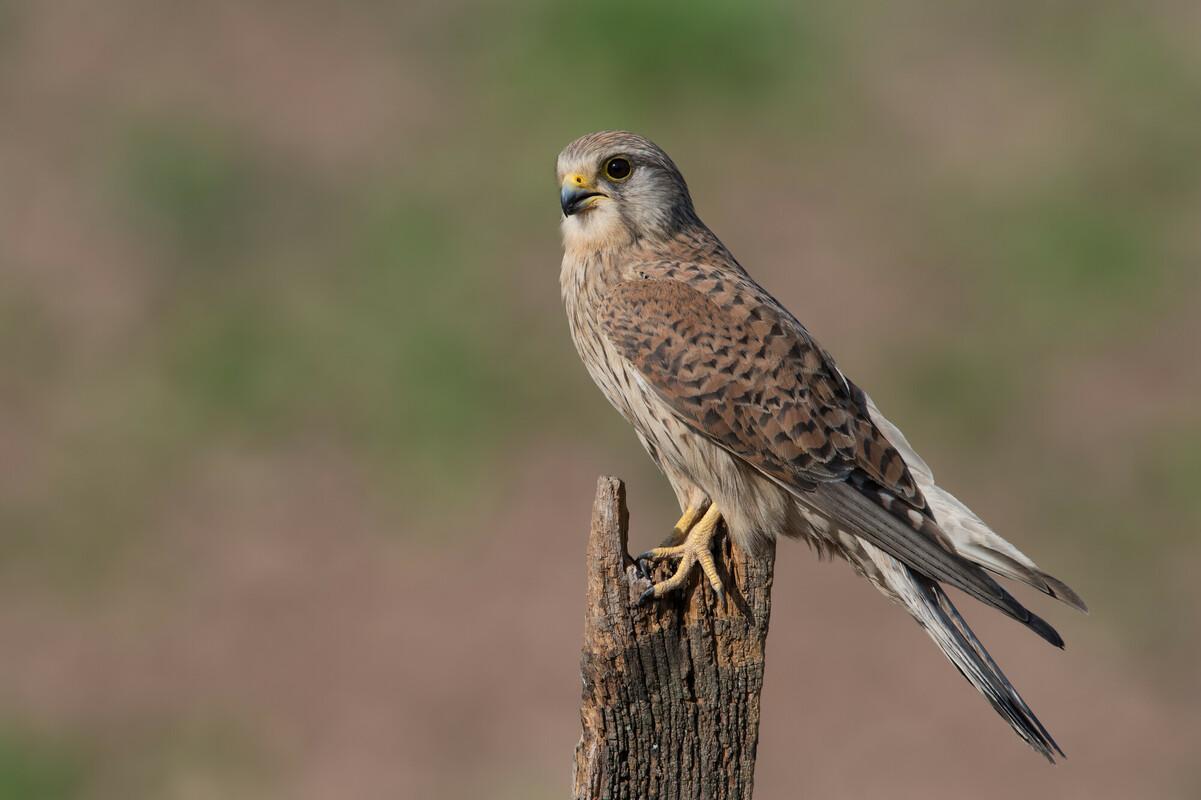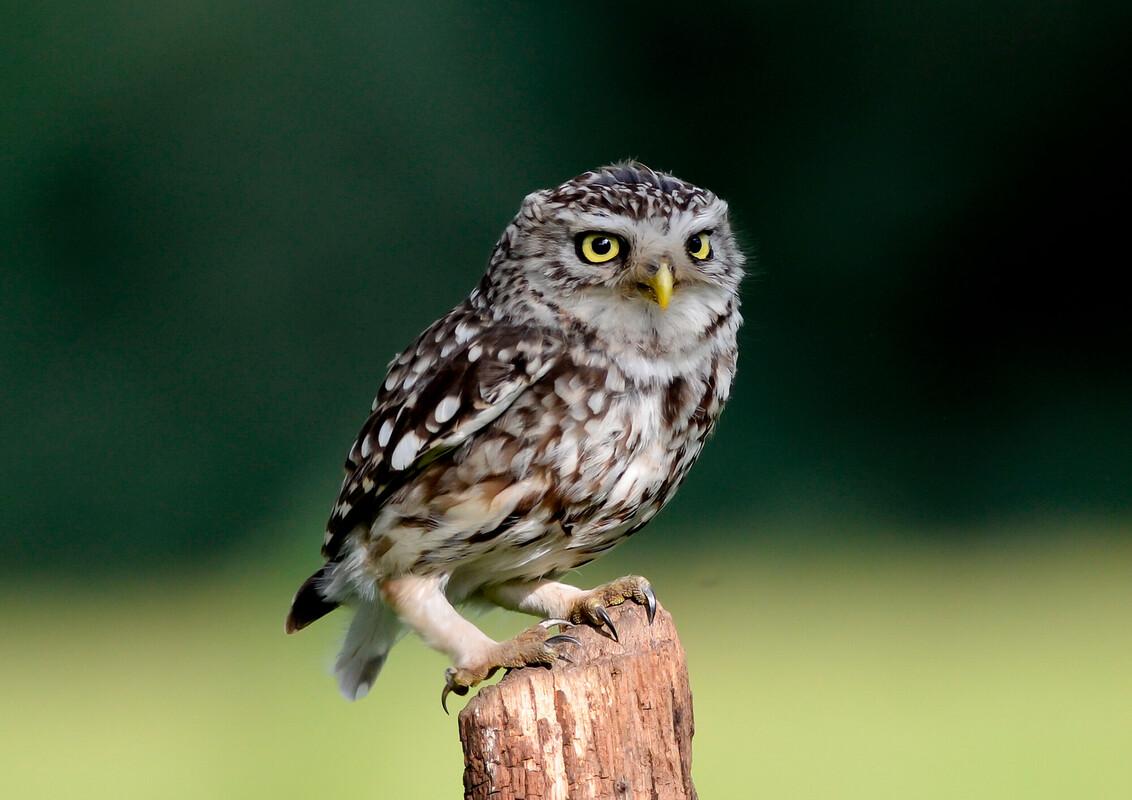
Monitoring birds of prey in the Forest
Over the last nine years, a trio of dedicated volunteers have been monitoring the success of the birds of prey we have in the Heart of England Forest. Every year they check on the network of nest boxes, specifically designed for barn owls, tawny owls, little owls, and kestrels. Whilst they faced challenges in 2020 due to COVID-19 restrictions, they continued to gather valuable data around Dorsington, Spernal, Honeybourne and Sheriffs Lench.
Increasing and maintaining nest boxes in the Forest
As the Forest continues to grow and we continue to acquire new land, we can increase the amount of bird boxes we have across our sites. At the start of 2019, there were 118 birds of prey boxes to be monitored which was increased to 126 at the start of the 2020 season. The new additions include three boxes designed to suit barn owls, three kestrel boxes and three tawny owl boxes.
Whilst they are designed specifically for each bird to provide them with the optimum spaces for living and breeding, many of our nest boxes also provide suitable sites for other cavity-occupying species like stock doves and jackdaws.
We like to ensure that as well as providing an increasing number of nest boxes for our birds of prey, that we also ensure our existing boxes are in optimal condition. This year, several boxes were delaminating - meaning that the outer coat of the boxes was coming away from the box itself - and so we refurbished and replaced them where necessary.

The challenges of COVID-19
Due to the changing COVID-19 restrictions, our trio of volunteers; husband and wife, John and Ros, and their friend Roger, faced several challenges in completing their monitoring this year.
Lockdown measures were in full force during the breeding season of the tawny owl. This meant that the trio could not make it out into the Forest to record the 2020 data for this species.
Government restrictions may also have affected accurate collection of the data of the other birds of prey we have around the Forest. Usually, initial checking of the nest boxes would begin around the middle of May. Due to the restrictions, this had to be postponed until the first week of July and so some of the data may be skewed.
Social distancing measures also restricted the efficiency of the visits, handling of the young and the adult birds, and in erecting new boxes and refurbishing existing boxes.
A difficult year for birds of prey in the Forest
2020 was a difficult year for the birds of prey across the whole of South Warwickshire, including in the Forest. Our volunteers recorded 6 breeding pairs of barn owls that produced 10 chicks - the lowest numbers that have been recorded in the Forest since 2015. They recorded 4 breeding pairs of kestrels that produced 12 chicks - the lowest numbers since the project began nine years ago. The one pair of little owls that return to the Forest each year decided not to breed this year and so there was little data collected for this species as well.
While some of this may be due to the restricted data collection, the weather may also have affected the breeding success of our birds of prey.

The impact of weather on birds of prey
The breeding success of all birds of prey – particularly the barn owl - is highly reliant on the weather which, due to climate change, is becoming more irregular.
Certain climate conditions such as prolonged snow cover and continuous periods of rain can restrict hunting ability of birds of prey which in turn determines their survival, breeding potential, and their ability to keep their young alive.
Summer droughts can severely reduce grass regeneration. This does not help birds of prey as it probably reduces the number of small mammals who rely on tender grass shoots to breed.

Providing good-quality habitats for birds of prey
Whilst we cannot control the weather, and the effect this has on species population, we do everything in our power to create the best habitats we can for our birds of prey.
As well as providing nest boxes in which our birds of prey can rest and breed, we are continuously monitoring and surveying our sites across the Heart of England Forest to ensure we are providing the best-quality habitats we possibly can. We continue to provide plenty of long grass in which they can hunt for small mammals such as short-tailed field voles. This ensures they have sufficient opportunity to find food for themselves and their chicks.
Sharing data on a national level
To be able to monitor our birds of prey requires a Schedule 1 Permit from the British Trust for Ornithology (BTO). Any data recorded in the Heart of England Forest is then shared at a national level with the BTO. Our results are analysed alongside other data collated in the UK, enabling a greater understanding of the population dynamics of these bird species.
Ways to support our work
Would you like to get involved with the valuable work we do here in the Heart of England Forest? Sign up for volunteering news to find out about our wildlife surveys and forest maintenance sessions.



